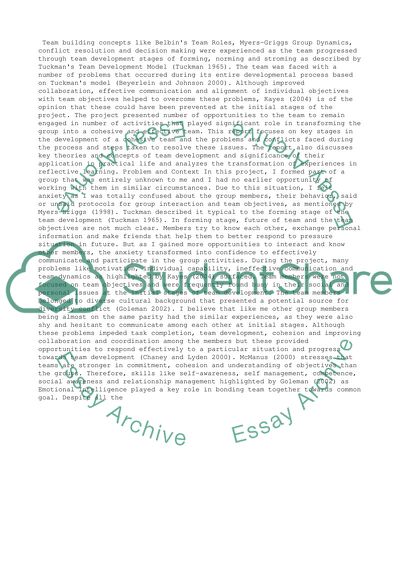Cite this document
(“Effective team performance Assignment Example | Topics and Well Written Essays - 2750 words”, n.d.)
Retrieved from https://studentshare.org/business/1398360-effective-team-erflection-on-tasks
Retrieved from https://studentshare.org/business/1398360-effective-team-erflection-on-tasks
(Effective Team Performance Assignment Example | Topics and Well Written Essays - 2750 Words)
https://studentshare.org/business/1398360-effective-team-erflection-on-tasks.
https://studentshare.org/business/1398360-effective-team-erflection-on-tasks.
“Effective Team Performance Assignment Example | Topics and Well Written Essays - 2750 Words”, n.d. https://studentshare.org/business/1398360-effective-team-erflection-on-tasks.


